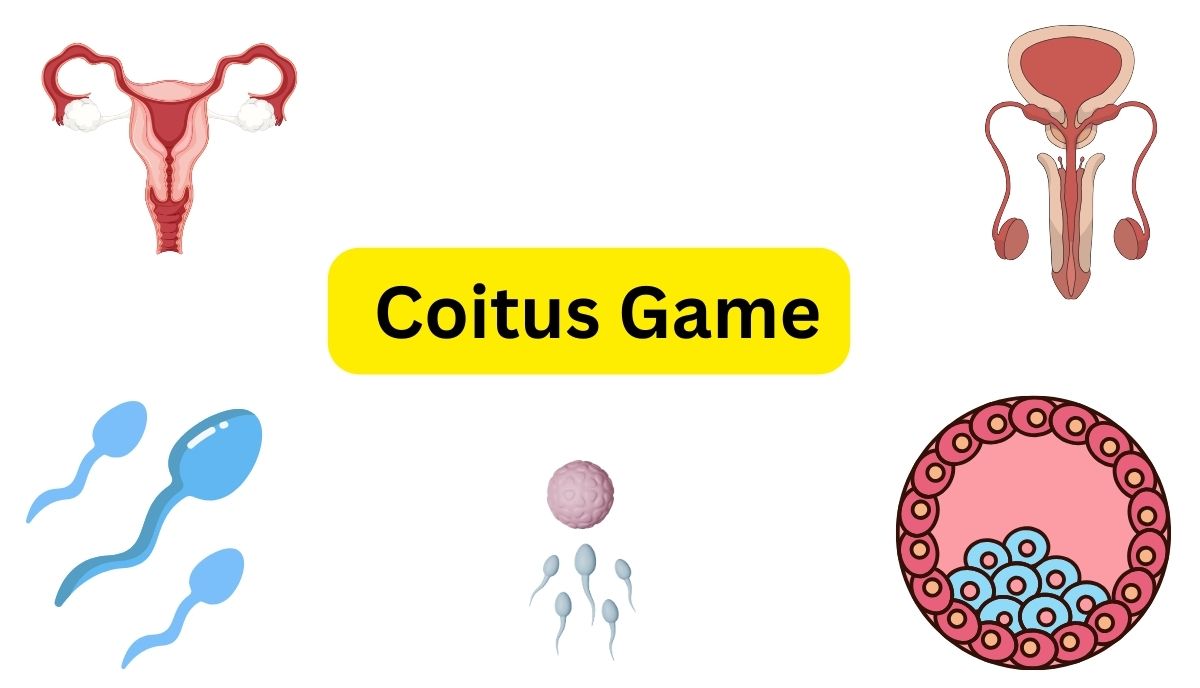Scene Weave:-
What is a Scene in Story Writing or Script Writing? Scene Weave
A scene is a unit of a story in which a specific sequence of events occurs in a particular location and time. It is a fundamental building block in storytelling, providing structure and progression. Each scene advances the plot, develops characters, and conveys information to the audience. Scene Weave
Scene Weave
Elements of a Scene:
- Setting: The location and time where the scene takes place.
- Characters: The people or beings involved in the scene.
- Action: The events that occur within the scene.
- Dialogue: The conversations between characters.
- Conflict: The challenge or problem faced by the characters.
- Purpose: The scene’s role in the story, such as advancing the plot or developing a character.
How to Write a Scene for a Story:
1. Determine the Purpose of the Scene:
- Decide what you want to achieve with the scene. Is it to develop a character, move the plot forward, introduce conflict, or provide exposition?
2. Set the Scene:
- Describe the setting vividly. Include details about the location, time of day, weather, and atmosphere to help the reader visualize the scene.
3. Introduce Characters:
- Bring the characters into the scene. Describe their appearance, actions, and emotions. Make sure their actions and dialogue align with their development and personality.Scene Weave
4. Develop the Conflict:
- Introduce or escalate a conflict. This could be an internal struggle, an argument, a physical fight, or any other form of tension.
5. Include Action and Dialogue:
- Write the events that happen in the scene. Ensure the actions are dynamic and contribute to the story. Use dialogue to reveal character traits, emotions, and information.Scene Weave
6. Conclude the Scene:
- End the scene with a resolution to the conflict or a cliffhanger to keep the reader engaged. Ensure it transitions smoothly to the next scene.
Example of a Scene:
Purpose: Introduce the protagonist and their conflict.
Setting: A small, cluttered apartment in the evening.
Characters: Alex (protagonist), Sarah (Alex’s friend)
Action:
- Alex paces the room, glancing at a stack of overdue bills.
- Sarah knocks and enters, concerned.
Dialogue:
- Sarah: “Alex, you look stressed. What’s going on?”
- Alex: “It’s these bills, Sarah. I don’t know how I’m going to pay them.”
Conflict:
- Sarah: “Maybe you should talk to your boss about that raise?”
- Alex: “I’ve tried, but he won’t listen.”
Resolution:
- Sarah: “Let’s figure this out together. Maybe there’s another way.”
- Alex: “Thanks, Sarah. I appreciate it.”
Tips for Writing Effective Scenes:
- Show, Don’t Tell: Use descriptive language to show emotions and actions rather than simply telling the reader.
- Keep it Focused: Ensure each scene has a clear purpose and stays on track without unnecessary information.
- Use Subtext: Allow characters to imply meaning through their actions and dialogue rather than stating everything explicitly.
- Pace Appropriately: Vary the length and intensity of scenes to maintain reader interest and control the story’s pace.
- Revise and Edit: Review your scenes for clarity, coherence, and impact. Remove any elements that don’t serve the story.
By understanding the structure and purpose of a scene, you can craft compelling and dynamic moments that enhance your overall story.
Story Scene Weave Tool
| Home | Click Here |
| Click Here |

Welcome to my blog! My name is Avinash Kumar, and I am passionate about the intersection of artificial intelligence and everyday life. As an AI blogger, I delve into the latest advancements, applications, and impacts of AI on various sectors, sharing insights and knowledge to help you navigate this rapidly evolving field.



